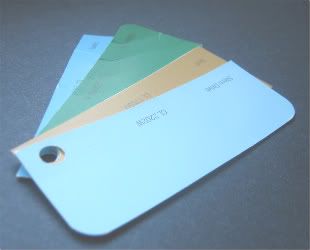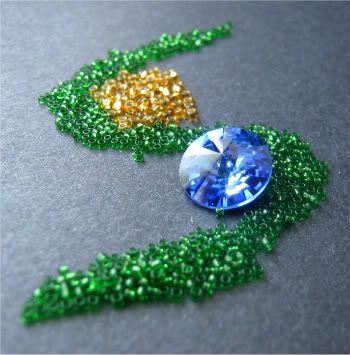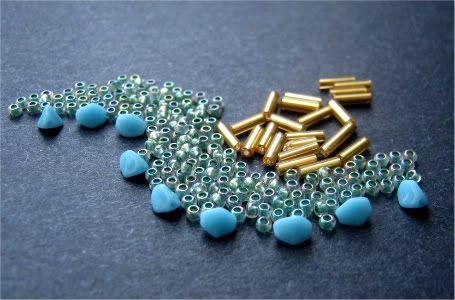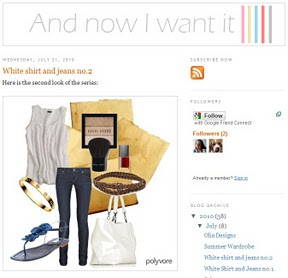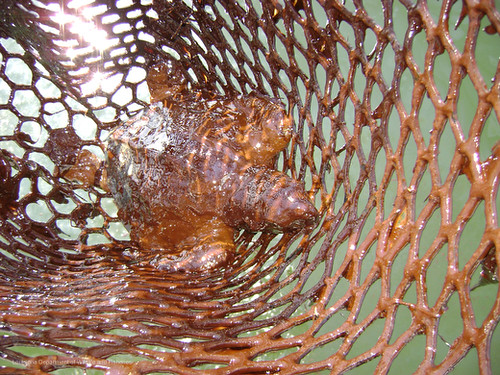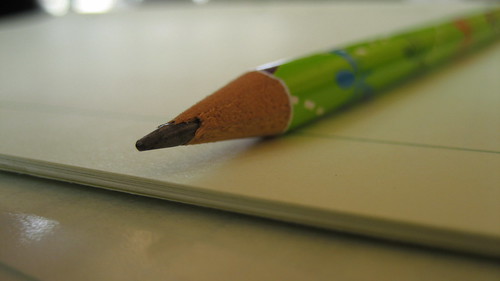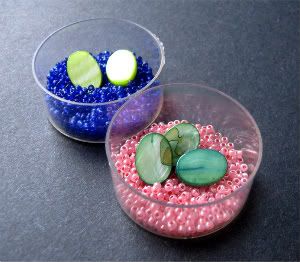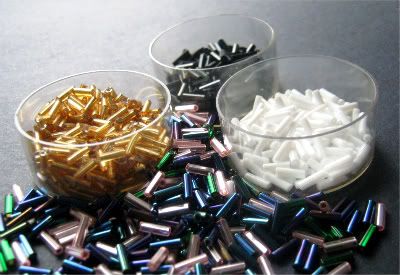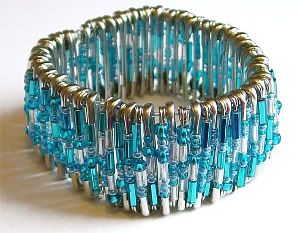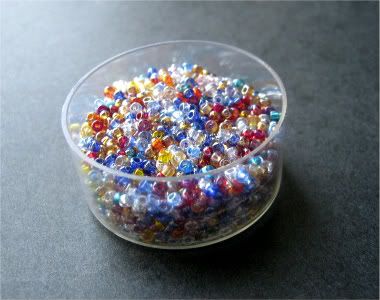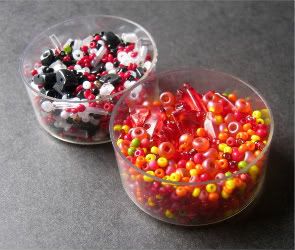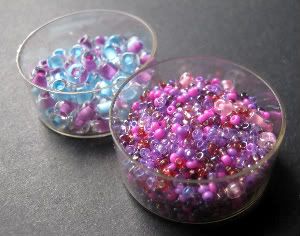
Flutterby Double Spiral Necklace
One of my favorite stitches is the double spiral. Although it’s easy to do, and looks fantastic, double spiral isn’t as common as some other rope stitches like tubular herringbone. Because it uses up a lot of beads, it can be a great way to finish off mixtures or use up that collection of spilled beads you’ll never get around to sorting.
The steps are almost identical to traditional spiral rope, with one extra row chasing the other. Because there are so many thread passes, it’s important to use large seed beads for the core - size 8/o or larger. It’s also best to use a sturdy needle. Though a small needle makes a better fit when plenty of thread is used, the limited space between the core and spirals requires a lot of angled stitches.
The spiral rows can be made up of just about anything, though average sized beads (from 10/o to 12/o) are best at the ends, so that the rows fit together snugly. Just like a basic spiral rope, you can increase or decrease the length of the rows, add accents, or create patterns for different looks.
To stitch a basic double spiral rope:
On a comfortable length of beading thread, pick up 4 core beads and 7 Color A beads. Slide them down until you have about an 8 inch tail, and stitch back up through the core beads. Pull tight to form a pair of side-by-side stacks.

Pick up 1 core bead and 7 Color B beads. Stitch up through the first 4 core beads again, and pull snug until the new row slides into place. Stitch up through the new core bead and pull tight.
Hold the beadwork so that the Color A row is to the left. Pick up 7 Color A beads, and stitch up through the top 4 core beads. Pull the thread snug, and push the new row to the left, up against the first.
Flip the beadwork so that the Color B row is to the left. Pick up 1 core bead, and 7 Color B beads. Stitch up through the top 4 core beads and pull tight. Stitch up through the new core beads. Push the new row to the left. Flip the beadwork to begin the next row of A.

These are the basic steps for creating the spiral. Continue adding new rows, flipping the beadwork between stitches. Often with really simple techniques, once the steps become too familiar, we can loose track of them. If you can’t remember which row was just added, check the top core bead. If there are 2 bead stacks exiting from the top of the core, it’s time to add a new core bead and a row of B. If there’s just one stack, it’s time to add a row of A.
You don’t need to use completely different colors for the two spirals, but it is a good idea to make each one a bit unique. When stitching my Flutterby necklace, I used a single bead soup, but picked a contrasting accent bead for either row - pale blue on one side, and dark blue on the other. This helps keep track of which row is which, and makes stitching more intuitive.
Happy beading!
Copyright 2010 Inspirational Beading and The Sage's Cupboard





